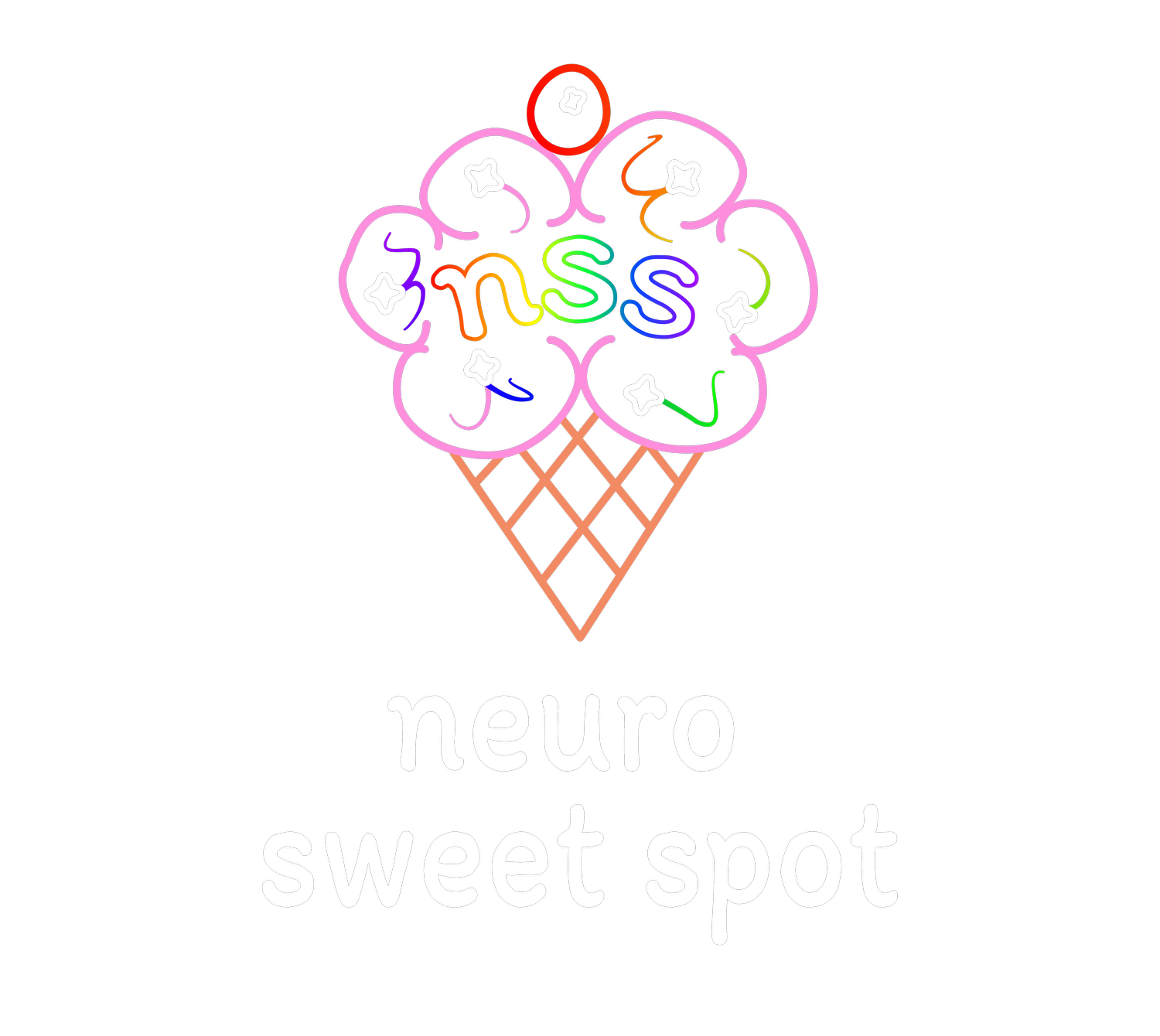
Counselor Resources
Autism Assessment Interview - With Symptom Mapping for Different Presentations and Guidance on What to Listen For
A structured interview checklist with questions possibilities to use, including what each question is gauging (symptom/trait area), what to listen or look for, and whether to note presence or absence of traits. Designed for flexible use with both adults and caregivers of children.
Date:
Client initials:
🟢 SOCIAL COMMUNICATION & RECIPROCITY (DSM-5 Criterion A)
Look For:
Minimal back-and-forth exchange or overly “turn based” in their understanding/delivery
Hyper-formal or monotone communication
Either avoidance of eye contact OR intense eye contact OR strategic approach
Client may report "masking" , “mirroring”, or "copying" behaviors of others (to various degrees of success)
🟠 NONVERBAL COMMUNICATION (DSM-5 A2)
Look For:
Flat affect or exaggerated expressions
Unnatural gestures (robotic, forced, or lacking)
Client reporting needing to "memorize" appropriate social responses
🟡 RELATIONSHIPS AND SOCIAL UNDERSTANDING (DSM-5 A3)
Look For:
Rigid friendships (e.g., "only online friends," "no friends")
Misses nuance (e.g., sarcasm, flirting)
Over-attachment to one person, or difficulty with boundaries
🟣 RESTRICTED INTERESTS, REPETITIVE BEHAVIORS, SENSORY (DSM-5 Criterion B)
Look For:
Describes "deep dives" into interests
May fidget or stim during session (rocking, hand motions)
Sensory triggers clearly affect mood or behavior
Describes meltdowns/shutdowns related to transitions
⚪ EARLY DEVELOPMENTAL HISTORY (DSM-5 C)
(Primarily caregiver report, but ask adults to reflect back as well)
Look For:
Documented or reported early differences, even if subtle
Masking or compensatory behaviors may have emerged later
🔵 FUNCTIONAL IMPACT (DSM-5 D)
Look For:
Requires more effort than neurotypical peers to achieve similar outcomes
Describes emotional costs of daily social functioning
Avoidance of social, work, or academic settings due to overwhelm
🟤 DIFFERENTIAL DIAGNOSIS / CO-OCCURRING CONDITIONS

